What’s on your roof? The easy answer, of course, is shingles – but do you know how many layers of shingles belong on a roof? Or how many other layers you don’t see?
White Castle Roofing takes pride in being thorough – so when you have a roof replaced by White Castle, it’s the whole roof, down to the base. Our skilled crews remove existing shingles, and everything else up there, until all that’s left is wood – and then build it back up again. Think of your roof like a lasagna – the shingles are the completely necessary layer of cheese on top, but there’s a bunch of good stuff under it too. So let’s go through what you’ve got going on, from the bottom up!
- Decking: Roof decking is the layer of wood that sits beneath it all. It is made of OSB sheeting (our standard is 7/16”), plywood, or decking boards. On each replacement, we inspect the full roof decking, and if there is any sign of softness or rot, we replace it. If it’s structurally sound and in good shape, we work with the existing decking.
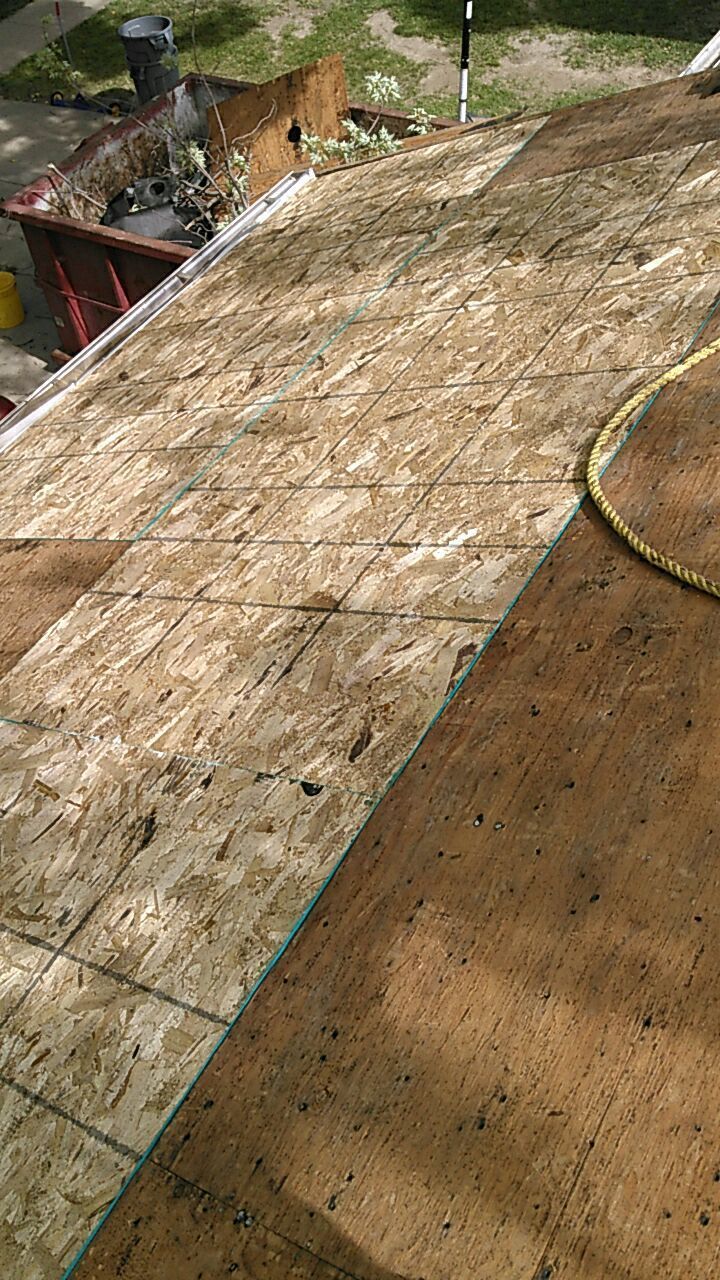
- Roof felt: Roof felt provides a barrier against moisture between shingles and the roof deck. Once, this was actual felt, but technology has advanced! Now we use a lighter, stronger synthetic felt for this layer. It also provides a little more traction for our crews as they’re working on your roof.
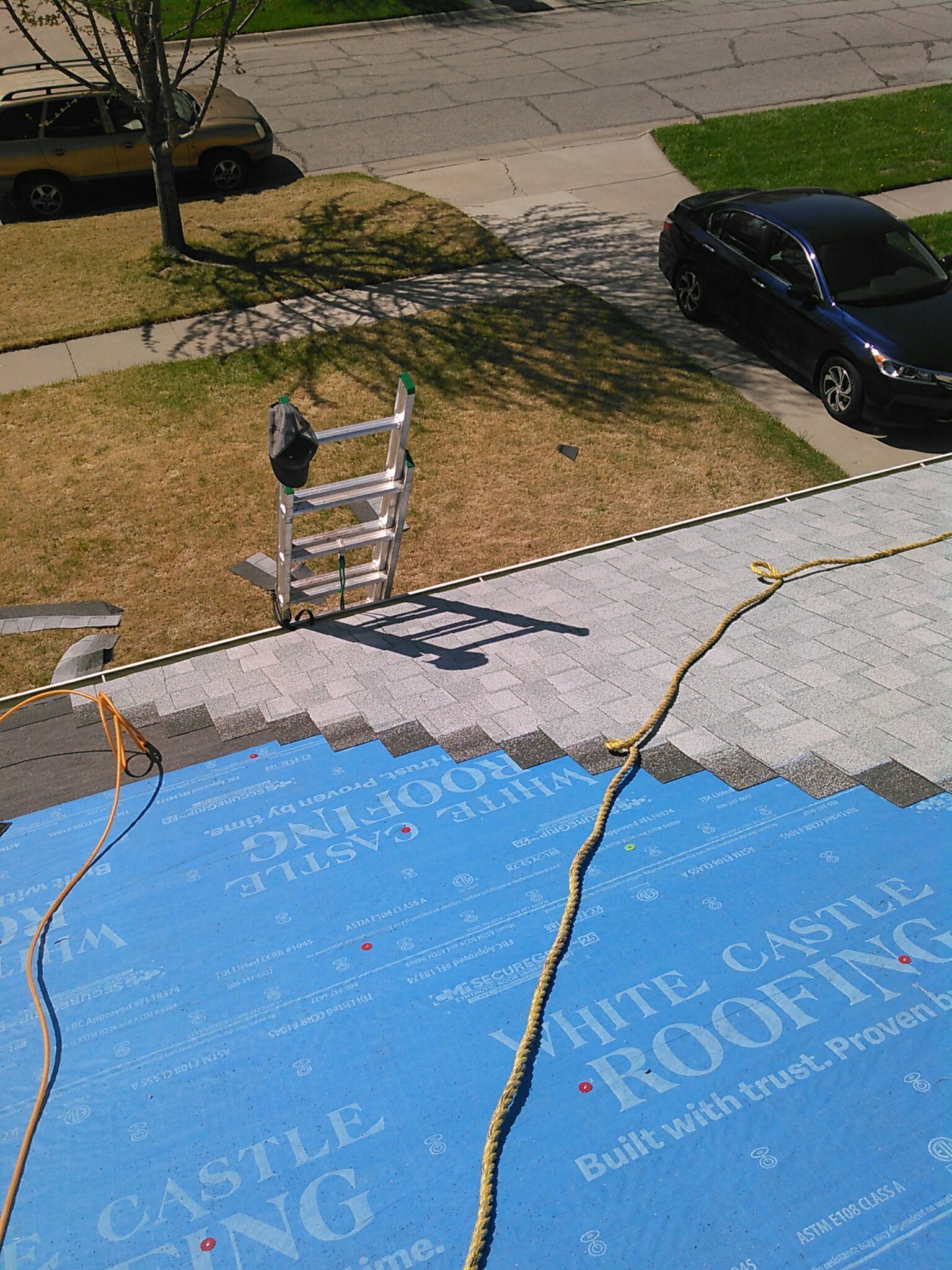
- Ice and Water Shield: Ice and water shield is a self-sealing membrane used to protect especially vulnerable areas from moisture. It’s applied at the roof edge and around chimneys, skylights, and valleys. Remember our blog post about directing water? Ice and water shield essentially goes underneath all those roof components because, of course, that’s where the water goes.
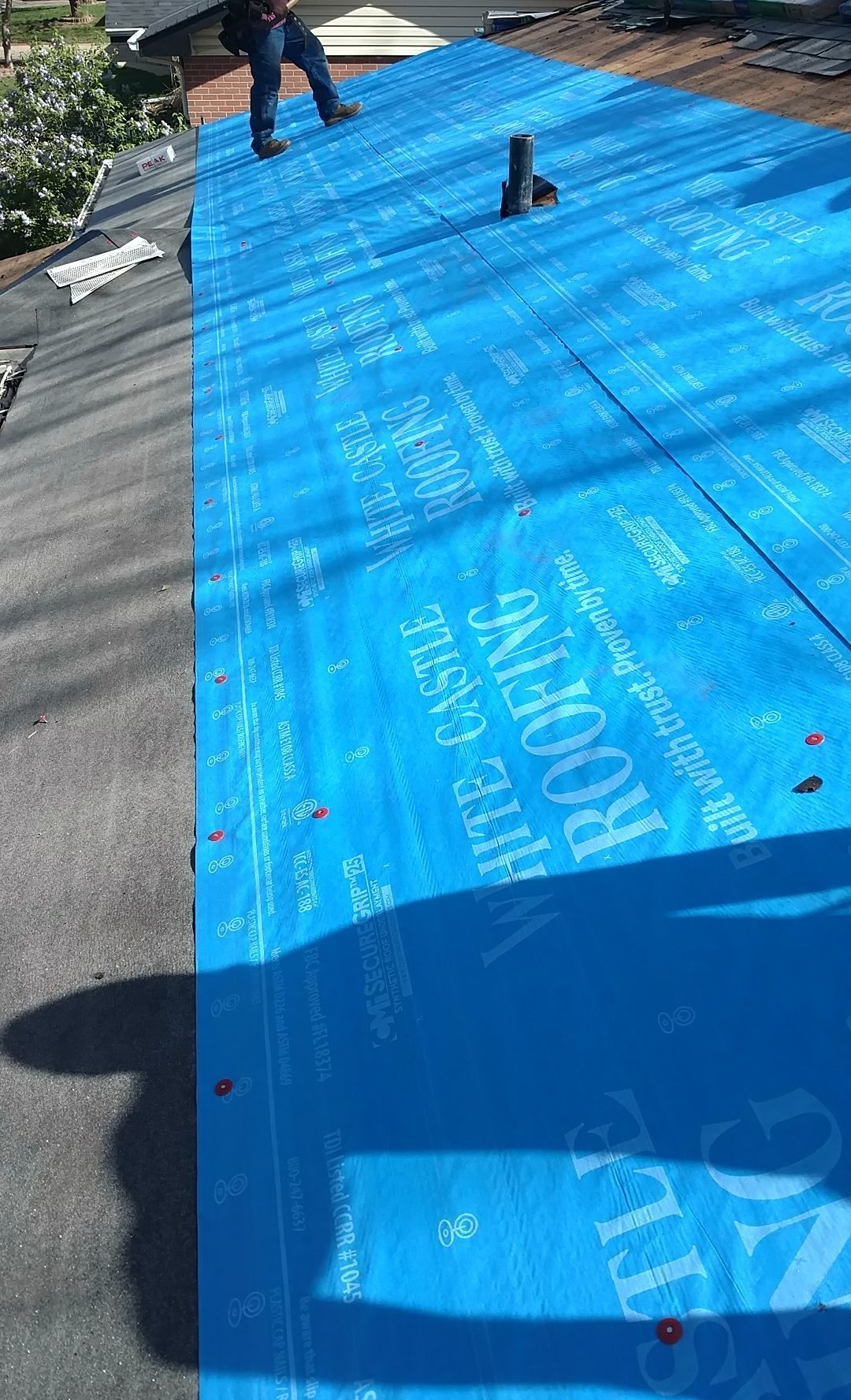
- Starter: Now we’re getting to the things you might spot on your roof! Starter is a strip of asphalt used specifically for the eave or edge of the roof. The edge of the starter is straight for a cleaner look on the edge of the roof. Shingle manufacturers can have specific starter intended for each brand of shingles.
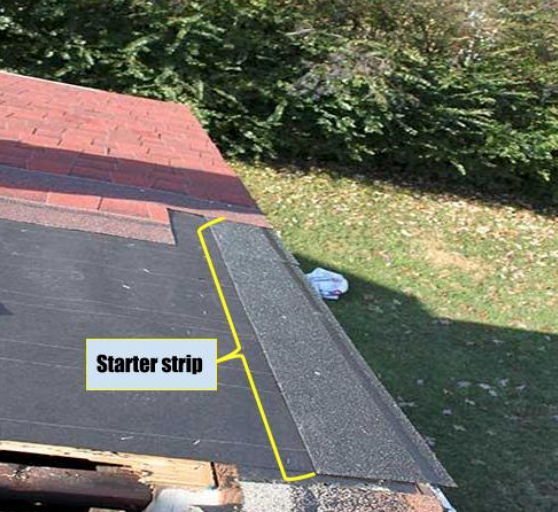
- Shingles: The recognizable, obvious one! Shingles are the top layer of roofing material. They can be asphalt (which is the most common), wood, metal, plastic, slate, or other material. You can read more about shingle basics on this blog post.
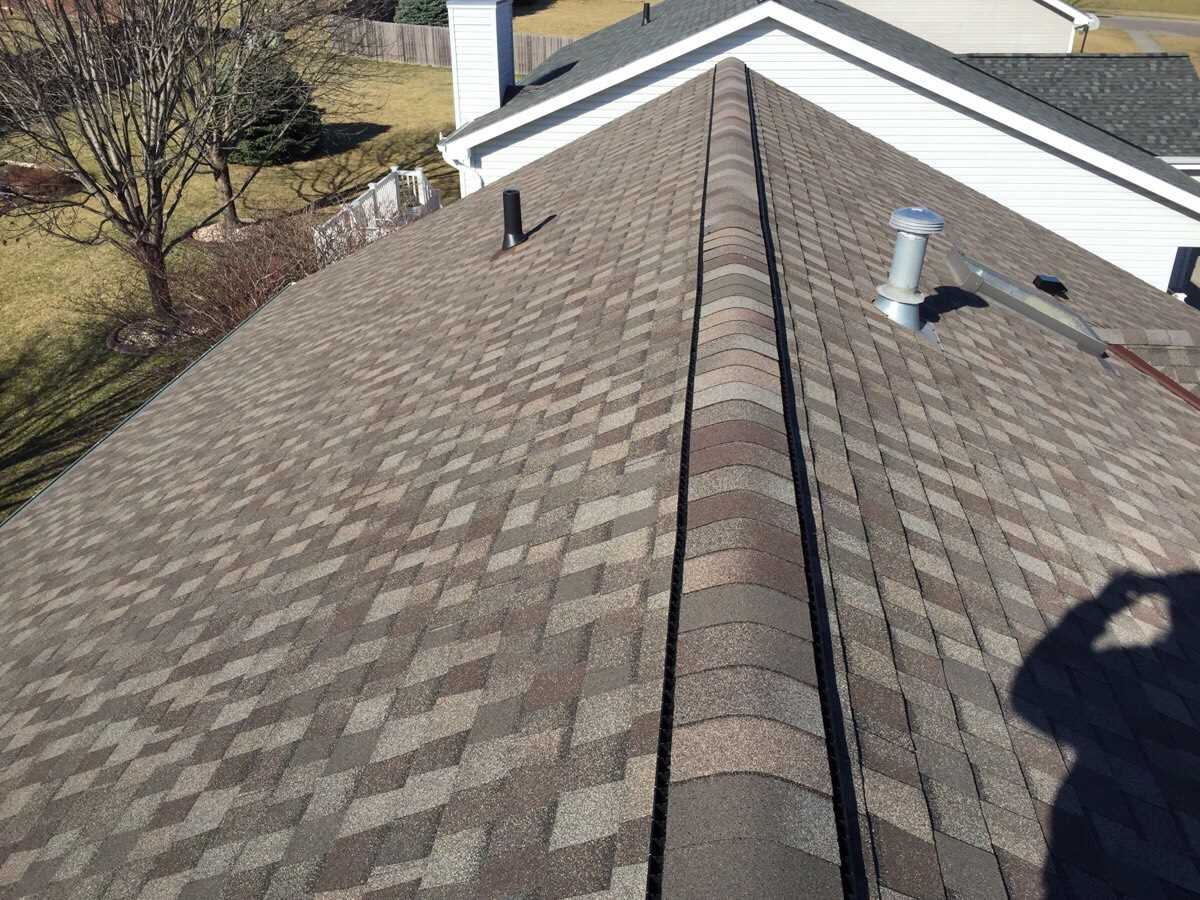
- Hip and Ridge: Hip and ridge are specialized shingles used to cover the ridge (very top) and form to the hips (downslopes where sections of roof meet) of the roof.
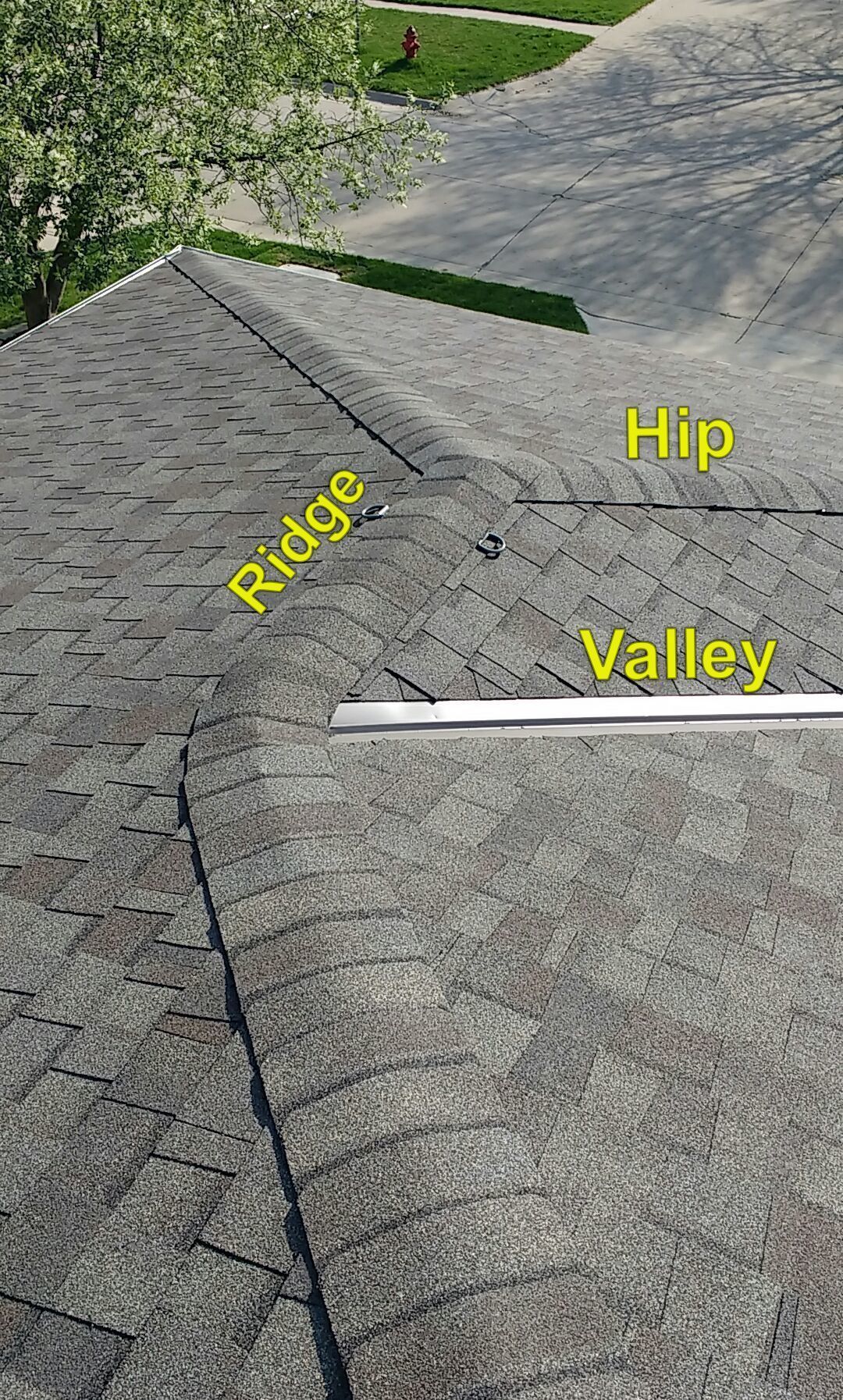
- Basesheet and Capsheet: Here’s a bonus one! Basesheet and capsheet work hand-in-hand on lower pitched roofs, like porches or small garages. Basesheet is the underlayment, applied under the capsheet, a rolled roofing material used in place of shingles. EPDM or TPO are often better options for full re-roofs of low-pitched roofs, but the basesheet and capsheet combination is still used at times.
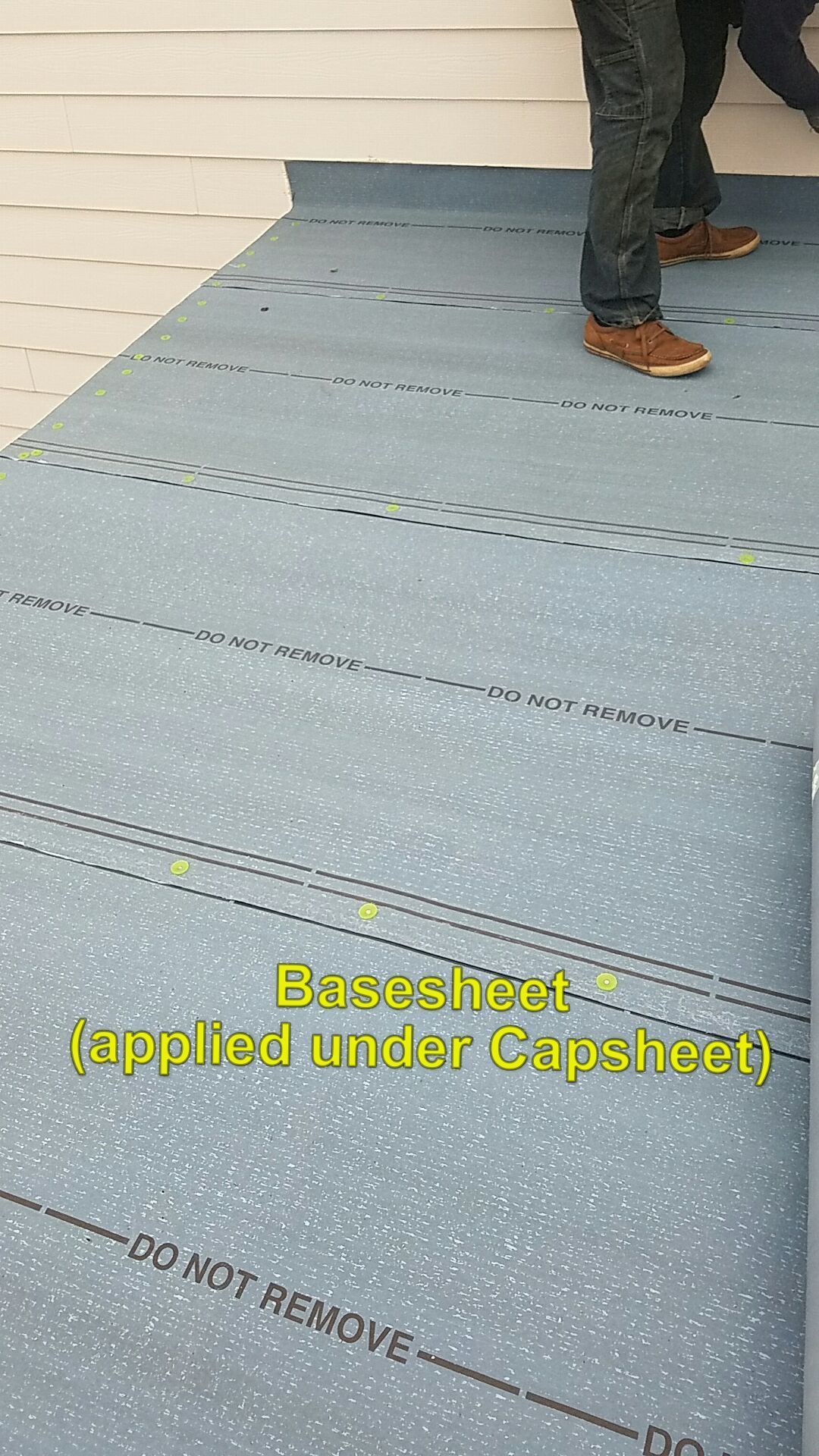
And there you have it, the recipe that makes up the layers of your roof. Many people don’t have a complete understanding of the many components of a roof (so now you’re ready for Trivia Night with your friends!) but that’s where White Castle Roofing comes in. As the experts, it’s our job to fully understand the process and we enjoy sharing this knowledge. And if you’d like us to take a look at any of those layers, head over to request a free estimate today!